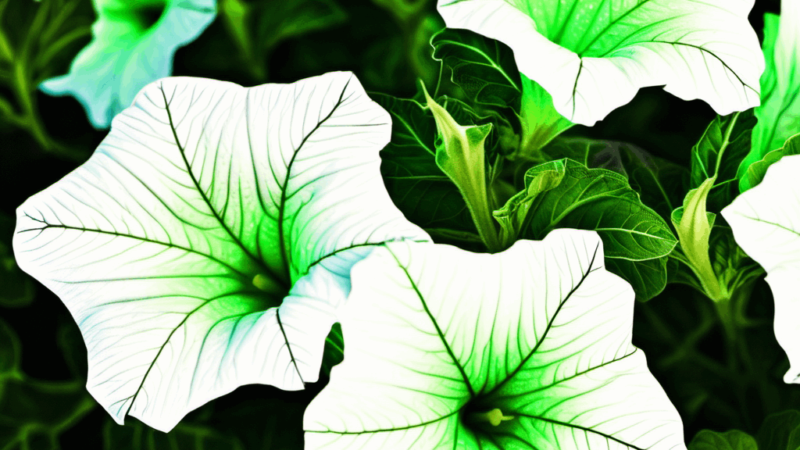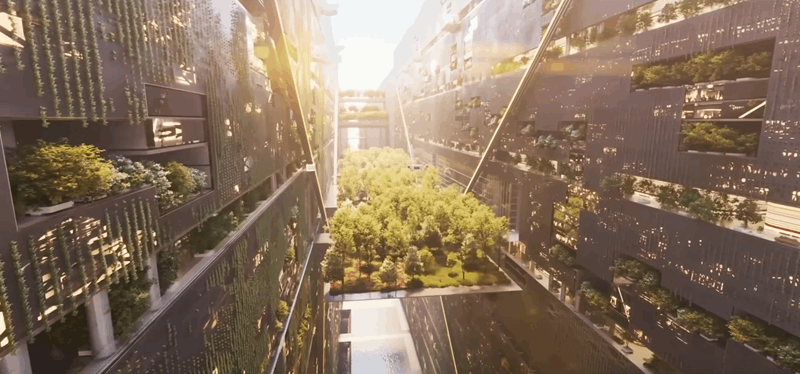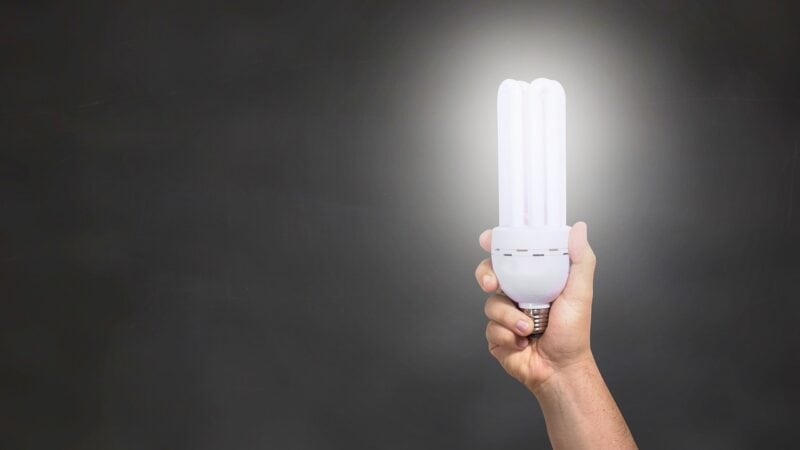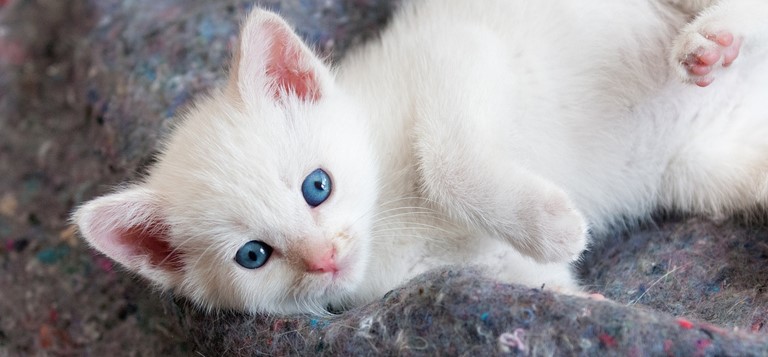Street lights make trees think it’s summer
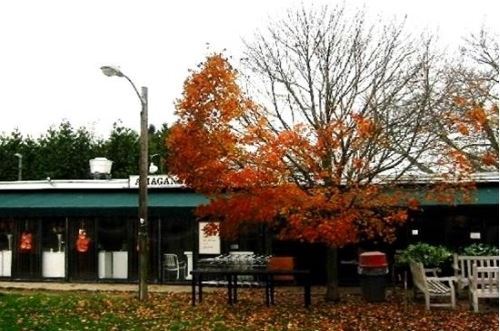
The light emitted by street lights affects trees more than you might think. Trees have a complicated molecular clock to tell the seasons. They contain phytochrome, this is the molecule that tells the plant ‘the nights are getting longer, it’s time to drop your leaves’, or; ‘the nights are getting shorter, it’s time to bloom.’
Artificial light messes with trees’ ability to predict the season. Having street lights on in the night makes the days seem longer, as if it were still summer, and consequently trees that are close to street lights in urban areas often retain their leaves for much longer. This makes them susceptible to frost damage as we go into winter.

u/Raging_Gamer14
Similarly, trees under street lights tend to break bud and blossom earlier than their rural counterparts, as they think the nights are getting shorter and summer is coming. In winter this can lead to frost damage. As the buds begin to swell they lose the ability to withstand cold temperatures and are killed by prolonged cold spells. This reduces the flowers available to pollinators like bees and other insects.
The renewal of growth could be hastened or retarded by lengthening or shortening the period of illumination
On the experiments of Kramer, The effect of street lights in delaying leaf-fall in certain trees, E. B. Matzke, 1936
Effects on wildlife
Bats are also effected by street lights as they don’t like flying in brightly lit areas, this reduces their potential feeding ground. Birds have also been reported to have their migration patterns affected by street lights.
Gas lamps caused abnormalities in Victorian trees
The problem of trees’ coexistence with street lights is not a new one. In Victorian times gas lamps were fuelled by ‘illuminating gas’ containing ethylene and other toxic gases. Gas leaks near trees caused leaves to wither and turn brown, trees to drop their leaves and branches, turn black, wither and eventually die.
The effect of methane leaks on city trees is still a cause for concern in some cities e.g. Boston where they still use Victorian pipes.

Street lights reduce crime by 21%
So why not just get rid of street lights? Well, they do make cities safer. The College of Policing UK looked at 13 studies and found that both violent and property crime was reduced by an average of 21% in areas with improved street lighting compared to areas without. Street Lighting – College of Policing
LED lights are less harmful to trees
The good news is that modern LED lights emit less red (the frequency trees are most sensitive to) than the older orange sodium street lights, although they still emit some red frequencies (see image below of analysis of the spectrum of street lights in Madrid). The downside is that blue lights affect our circadian rhythm more than red lights and make it difficult for you to fall asleep and stay asleep, CDC – The Color of the Light Affects the Circadian Rhythms.
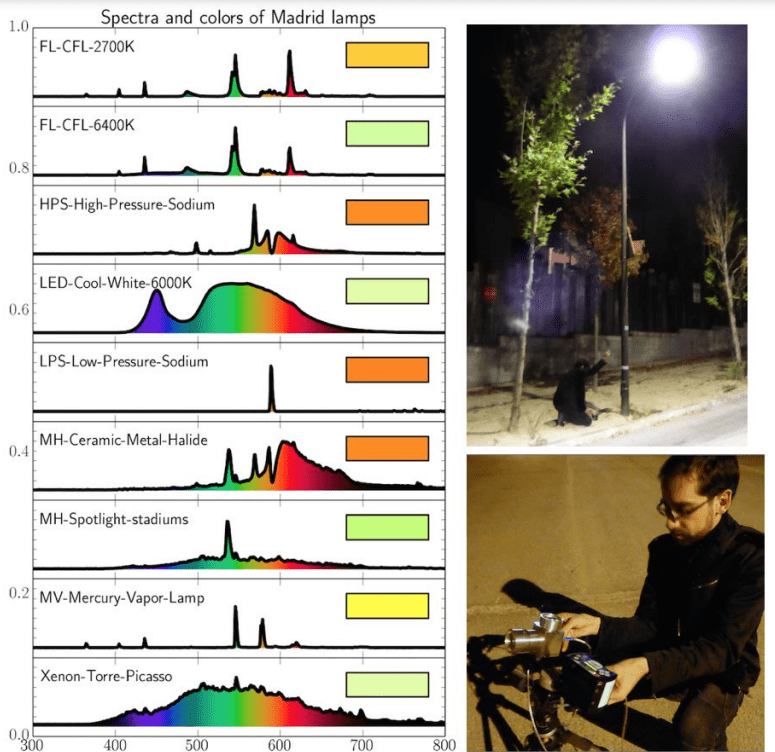
Sources
A short history of a tree-killing anesthetic gas – Rosin Cerate Quirky quality science
Assessing frost and freeze damage to flowers and buds of fruit trees – Michigan State University
Action – EU – Tutorial: to identify the spectra of common street lamps
In Defence of Plants (image) – Light Pollution and Plants, August 7, 2018
Gardening Know How – Are Streetlights Bad For Plants – Is Planting Under Streetlights Okay
The Effect of Street Lights in Delaying Leaf-Fall in Certain Trees – Edwin B. Matzke

